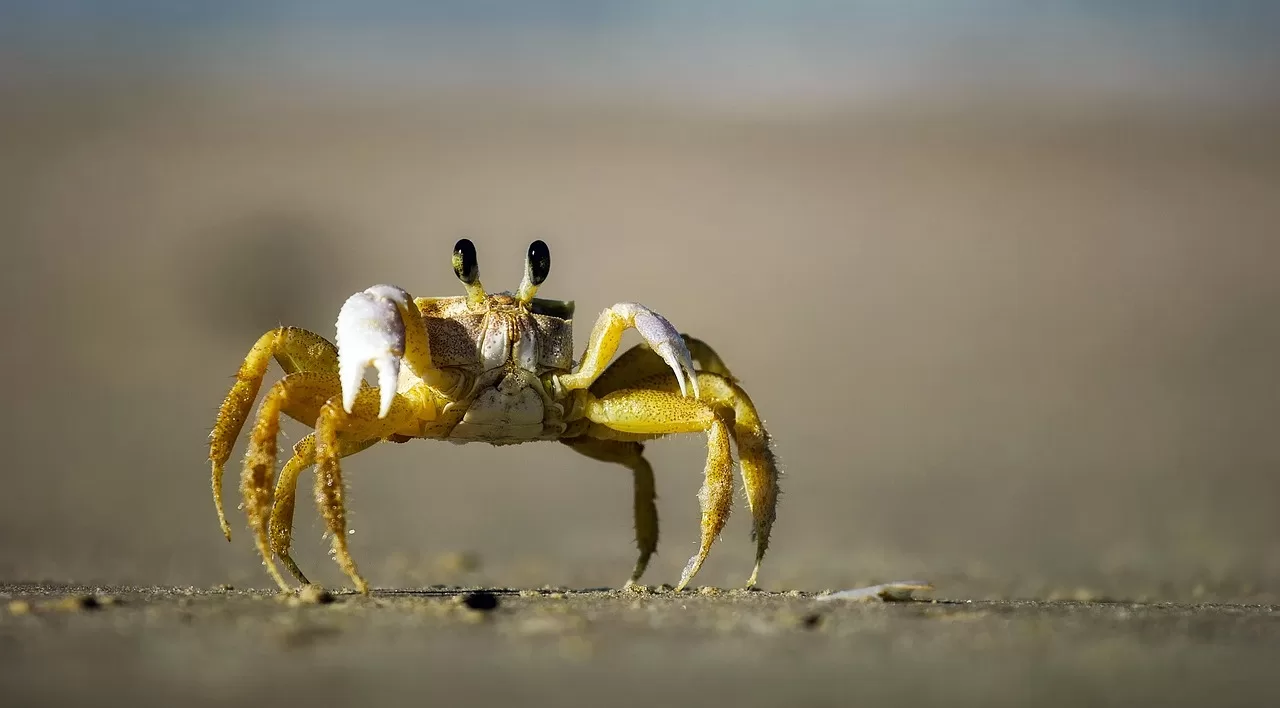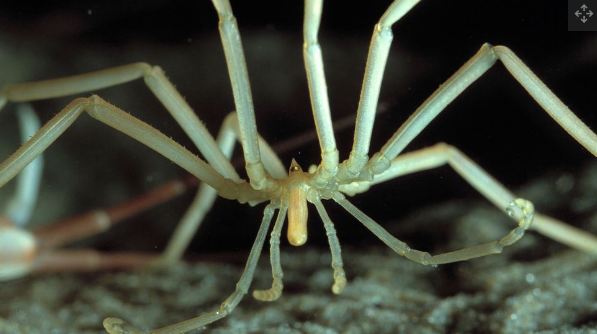Scientists are trying to eradicate invasive hairy crabs because they are damaging Europe’s ecosystems.
Classified as one of the world’s 100 worst invasive species by the Swiss-based World Union for Conservation of Nature and Natural Resources (IUCN), these crabs pose a serious risk to the balance of ecosystems in 18 of the 27 member states of the European Union (EU).
European scientists say hairy crabs are disrupting the food chain in rivers, spreading crayfish plague and increasing erosion of embankments and shores by burrowing.
- New photos from the Webb telescope: “It will blow researchers’ minds”
- 9th experiment in space: The rover has started the “MESSAGE” experiment
This invasive species can survive on many different foods and can live on land as well as in fresh and salt water. Female hairy crabs can also produce 250,000 to 1 million eggs at a time.
Scientists are trying to stop the invasive crabs, which cause 12 billion euros a year in damage to the economies of EU members, in different ways.
The most effective solution so far has been a trap developed by Belgian researchers. The traps, developed by the University of Antwerp and the Flemish Environment Agency, are set with metal channels placed in rivers.
The crabs fall into these traps as they make their way along the river and start to move through a system of pipes connected to the mechanism in order to get out. However, the animals end up in cages placed at these points and are destroyed en masse.
Around 3 million invasive crabs have so far been caught in Belgium using this method, which has been in use since 2018.
Scientists are also working to deploy the same trapping system in Germany, France and Sweden. These traps are planned to be placed along routes where crabs migrate in large numbers.
Jonas Schoelynck from the University of Antwerp also pointed out that invasive species sometimes stray into city centers. Schoelynck noted that some crabs can enter damp environments such as bathrooms and toilets in homes.
The researcher said that as an alternative to trapping, crabs can also be caught with large netting systems, but this is much more costly and inefficient. Schoelynck said that only 80 to 100 invasive crabs can be caught with nets per day.
How the animals are killed is also a matter of debate. Björn Suckow from the Alfred Wegener Institute in Germany said that in Belgium crabs are destroyed by freezing. In Germany, crabs are legally killed by boiling or electrocution.
CNN, Global Invasive Species Database





